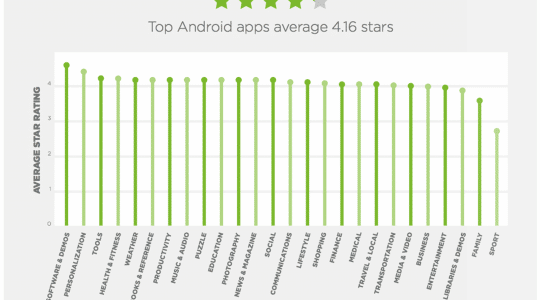
Can targeting make your business profitable?
I recently talked to a marketing expert who absolutely pulverized a mobile app developer’s cost of user acquisition. Before the change, the developer was paying $3-4 per user. Literally an hour later, the developer was paying 30-40 cents.
How did he do it?
The developer he met was targeting very broad categories. Think: “people who like golf.”
Tighten your targeting
That’s a wide swath of people — tens of millions of people — which generally means it’s expensive to target, particularly on platforms like Facebook. It also includes many who might not actually be passionate about golf. Narrowing focus and targeting people who like “Arnold Palmer,” the famous golfer, or “Golf Town,” a golf-specific retailer, reduces the population numbers to manageable numbers: from a few hundred thousand to half a million.
Just as importantly, it considerably tightens the focus, ensuring that really intense golfers are in your target pool, not just casual fans.
The result, in less than hour, was a cost of user acquisition that plummeted from $3-4 to 30-40 cents per user. And the result of that was profitability for the app developer, whose LTV was about a dollar.
The process was simple.
- Start with the broad topic
- Find brands, celebrities, or groups that are more narrow targeting of the broad topic
- Target off those narrower criteria (lookalikes, people who like X, etc.) not the larger topic
- Enjoy better-quality users
- Enjoy lower prices — often because conversion rates are up, and platforms seek to deliver relevant ads to their users, rather than just noise
What could you be targeting tighter than you currently are? And how would cutting your cost of user or customer acquisition in half affect your profitability?
Author
Before acting as a mobile economist for TUNE, John built the VB Insight research team at VentureBeat and managed teams creating software for partners like Intel and Disney. In addition, he led technical teams, built social sites and mobile apps, and consulted on mobile, social, and IoT. In 2014, he was named to Folio's top 100 of the media industry's "most innovative entrepreneurs and market shaker-uppers." John lives in British Columbia, Canada with his family, where he coaches baseball and hockey, though not at the same time.




Leave a Reply
You must be logged in to post a comment.